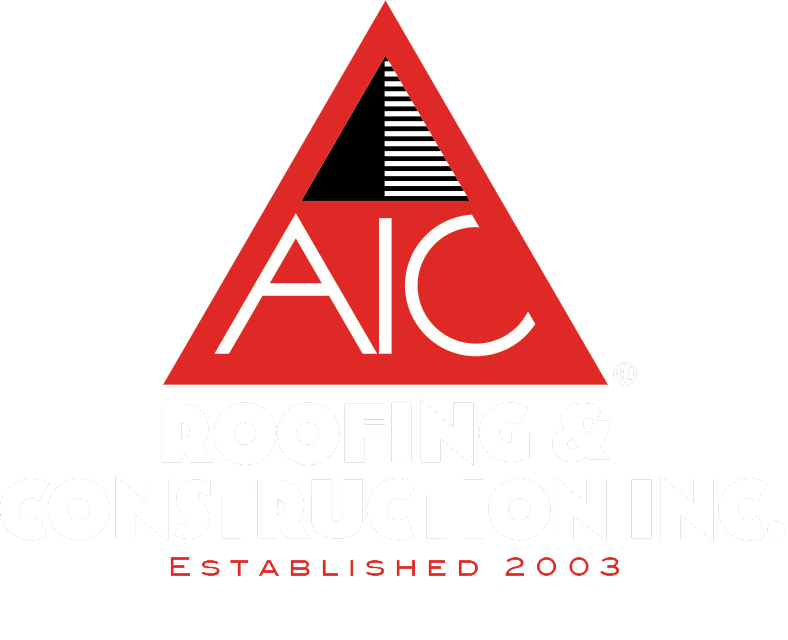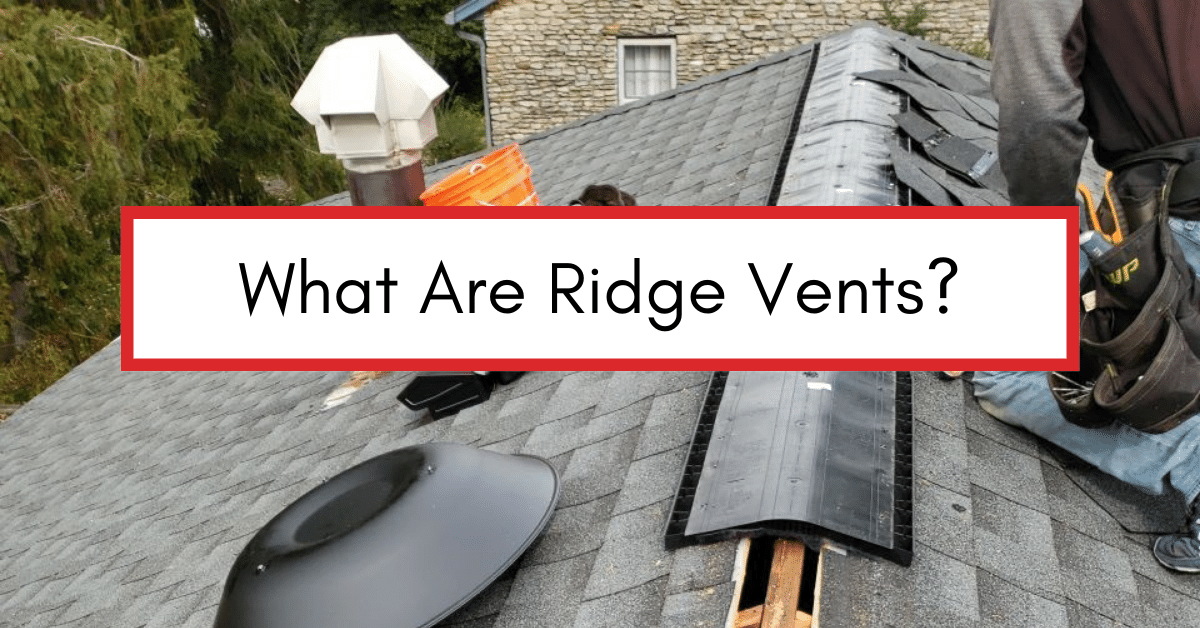Ridge vents are an essential component of a properly ventilated roof. Understanding their basics, types, installation process, and maintenance is crucial for homeowners and professionals alike. This article discusses ridge vents and explores their definition, function, pros and cons, as well as their maintenance and troubleshooting. Let’s get started!
Understanding the Basics of Ridge Vents
Ridge vents are openings that run along the peak of a roof, allowing for air circulation and ventilation within the attic. Proper attic ventilation is vital as it helps regulate temperature and humidity levels, preventing the accumulation of moist air and potential damage to the roof structure.
But what exactly do ridge vents do, and how do they work? Let’s delve deeper into their definition and function.
Definition and Function of Ridge Vents
Ridge vents are specifically designed to provide an outlet for the warm air inside the attic. As hot air naturally ascends, ridge vents create a pathway for it to escape, drawing in cooler air from the soffits at the roof’s eaves. This continuous air flow helps maintain a balanced environment, preventing excessive heat buildup and reducing the risk of moisture-related problems.
The attic can quickly become a stifling hot space when the sun beats down on a roof. This trapped heat can seep into the living areas below without proper ventilation, making the entire house uncomfortable. Ridge vents, however, act as a release valve, allowing the hot air to exit through the ridge while fresh air is pulled in from the soffits. This natural process helps keep the attic and the rest of the house cooler, reducing the need for excessive air conditioning and ultimately saving energy and money.
They also play a crucial role in preventing the formation of ice dams during cold winter months. When warm air from the attic melts the snow on the roof, the resulting water can refreeze at the eaves, causing ice dams. These ice dams can lead to water seepage, roof leaks, and structural damage. By ensuring proper ventilation through ridge vents, the temperature in the attic remains consistent, preventing the snow from melting unevenly and minimizing the risk of ice dams.
The Importance of Proper Ventilation in Homes
Proper ventilation is crucial to ensure the longevity and performance of a roof. The attic can become an ideal breeding ground for mold, mildew, and other damaging elements without adequate airflow. The combination of warm, moist air and organic materials in attics creates the perfect mold and mildew growth environment. These fungi pose health risks and can cause structural damage to the roof and compromise its integrity.
In addition to mold and mildew, improper ventilation can lead to the deterioration of shingles and insulation. Excessive heat and moisture can cause shingles to warp, crack, or curl, reducing their lifespan and effectiveness. Insulation, on the other hand, can lose its R-value when exposed to high heat and moisture levels, resulting in reduced energy efficiency and increased utility bills.
Homeowners can effectively mitigate these risks and maintain a healthy living environment by installing ridge vents. Proper attic ventilation protects the roof and its components and contributes to the overall comfort and well-being of the occupants. It ensures that the air quality in the house remains fresh and free from harmful pollutants, creating a healthier living space for everyone.
The Different Types of Ridge Vents
Ridge vents come in various forms, each with its own set of advantages and considerations. Let’s explore two common types:
Aluminum Ridge Vents
Aluminum ridge vents are lightweight and durable. They are designed to withstand harsh weather conditions and are a popular option for residential and commercial roofs. These vents are installed along the ridge and can be easily integrated into different roof designs, making them versatile.
One of the key advantages of aluminum ridge vents is their ability to provide excellent ventilation. They are designed with small openings that allow air to flow freely through the attic space. This helps prevent the buildup of heat and moisture, which can lead to problems such as mold growth and roof damage. In addition to their ventilation benefits, aluminum ridge vents are also known for their durability. They are made from high-quality materials resistant to corrosion and withstand extreme weather conditions. This means they can provide long-lasting performance, ensuring that your roof remains protected for years.
Another advantage of aluminum ridge vents is their versatility. They can be easily installed on roofs with different designs, including sloped, flat, and hip roofs. This makes them a suitable choice for a wide range of architectural styles.
Shingle-Over Ridge Vents
Shingle-over ridge vents, as the name suggests, are designed to blend seamlessly with the roof’s shingles. These vents offer a discreet and aesthetic appearance, giving the roof a cohesive look. They are typically made from a durable material that ensures long-lasting performance.
One of the main advantages of shingle-over ridge vents is their ability to provide effective ventilation while maintaining the roof’s visual appeal. These vents have a low-profile design that allows them to sit flush with the shingles, making them virtually invisible from the ground. This ensures that they do not detract from the overall aesthetics of the roof. Shingle-over ridge vents are also known for their durability. They are made from a durable material that can withstand the elements and provide long-lasting performance. This means they can effectively protect your roof from moisture damage and other issues arising from poor ventilation.
Another advantage of shingle-over ridge vents is their ease of installation. They can be easily integrated into the existing roof structure without the need for any additional modifications. This makes them a convenient option for homeowners who want to improve the ventilation of their roofs without undergoing major renovations.
The Installation Process of Ridge Vents
Installing ridge vents requires careful planning and precision. Here are the steps involved:
Tools Needed for Installation
Before starting the installation process, gather the necessary tools:
- Safety goggles
- Gloves
- Tape measure
- Saw
- Caulk gun
- Roofing nails
- Power drill
Step-by-Step Guide to Installing Ridge Vents
The installation process typically involves the following steps:
- Inspect the roof for any existing ventilation provisions.
- Measure and mark the location for the ridge vent installation.
- Cut the necessary opening along the ridge.
- Install the ridge vent, ensuring a secure fit.
- Seal the edges of the ridge vent with caulk to prevent leakage.
- Nail down the ridge cap shingles, providing additional protection.
- Inspect the installed ridge vent to ensure proper functionality.
Pros and Cons of Ridge Vents
When considering ridge vent installation, weighing the advantages and potential drawbacks is important. Let’s explore:
Advantages of Using Ridge Vents
Ridge vents offer several benefits, including:
- Improved energy efficiency by reducing the need for excessive air conditioning.
- Enhanced roof longevity by preventing overheating and moisture-related issues.
- Cost-effective solution compared to alternative ventilation options.
- Minimal visual impact as they blend seamlessly with the roofline.
Potential Drawbacks of Ridge Vents
While ridge vents are generally effective, there are some considerations to keep in mind:
- Maintenance and cleaning may be required to prevent blockages from debris.
- Improper installation or design can result in reduced efficiency.
- Additional precautions may be necessary in areas with high winds or heavy snowfall.
Maintenance and Troubleshooting of Ridge Vents
Regular maintenance of ridge vents is crucial to ensure their optimal performance. Let’s explore some maintenance tips and common troubleshooting issues:
Regular Maintenance Tips for Ridge Vents
To keep your ridge vents in top condition, consider the following:
- Inspect the vents periodically to ensure they are free from debris or blockages.
- Keep the surrounding shingles well-maintained and in good repair.
- Remove any vegetation or moss that may accumulate near the vents.
- Check for signs of damage, such as cracks or gaps, and address them promptly.
Common Issues and Solutions with Ridge Vents
Here are some common problems homeowners may encounter with ridge vents:
- Leaks: Apply caulk to seal gaps or cracks, allowing water infiltration.
- Blown-off vents: Ensure the ridge vents are securely fastened and replace damaged parts.
- Inadequate airflow: Check for blockages and ensure proper insulation and soffit vents.
By following these maintenance tips and promptly addressing any issues, homeowners can maximize the lifespan and effectiveness of their ridge vents.
In Conclusion
Ridge vents are integral to maintaining a healthy and functional roofing system. Homeowners can make informed decisions about their ventilation needs by understanding their basics, types, installation process, and maintenance requirements. Properly installed and well-maintained ridge vents contribute to a comfortable living environment and protect the long-term integrity of the roof. Remember, when it comes to ridge vents, ventilation is key!
Whether you’re looking for a high-quality roof installation, repair, or new gutters and siding, AIC is here to help. We believe in and practice the best customer service possible, including showing up on time, following through on what we say we’ll do, and treating people with common decency and respect.
Our in-home consultations are free, informative, and low-pressure. Please get in touch with us by texting, calling, or filling out our contact form.
3-tab attics barns chimney choosing a contractor commercial cost curb appeal DIY estimate financing flashing flat roof GAF glossary gutter replacement gutters gutter size gutter system ice dams inspections insurance missing shingles roof design roofing materials roofing system roof leak roof maintenance roof materials roof repair roof replacement roof shapes roof types shingle ratings shingles siding siding materials siding replacement skylights storm damage underlayment ventilation warranty winter







